How many warships does Russia need? Opinion professionals
Therefore, in the proposed article we:
1. We give a brief overview of the current state and prospects of the US Navy.
2. Let us determine the numerical strength of the Russian Navy, capable of representing the interests of Russia in the ocean and in the case of large-scale military actions to participate in repelling aggression from the sea.
We note immediately: the author does not consider himself so competent to independently determine the optimal composition of the Russian Navy. Therefore, he trusts this business to professionals - the authors of the book “Navy 1945-1995 USSR”. Allow me to introduce:
Kuzin Vladimir Petrovich, a graduate of the Leningrad Nakhimov VMU and VVMIOLU them. F.E. Dzerzhinsky, with 1970, who served in the 1 Central Research Institute of Defense. He graduated from the adjuncture at the Naval Academy. Marshal of the Soviet Union Grechko AA, defended his thesis and is a specialist in system analysis and forecasting the development of complex systems.
Nikolsky Vladislav Ivanovich, graduate VVMIOLU them. F.E. Dzerzhinsky, served on the EM "Serious" (project 30 bis) and "Sharp-witted" (project 61), graduated from the Naval Academy. Marshal of the Soviet Union Grechko A.A., subsequently served in the 1 Central Research Institute of the Moscow Region, Ph.D., an expert in system analysis and forecasting the development of complex systems.
Their book, dedicated to the conceptual development of the USSR Navy, its shipbuilding programs and the performance characteristics of ships, aircraft and other weapons, is a fundamental work that is one of the most important, basic sources of the Soviet navy. And in it, the authors proposed their own concept of the development of the Russian Navy, as they saw it as of 1996 g (the year of publication of the book).
It must be said that their proposals were very unusual and had cardinal differences from a number of key ideas on which the Soviet Navy developed. In their opinion, the Russian Navy should solve the following tasks:
1. Maintaining strategic stability. For this, the fleet must be a component of strategic nuclear forces and must have a sufficient number of strategic missile submarines (SSBN), as well as the forces ensuring their deployment and use;
2. Ensuring the interests of the Russian Federation in the oceans. For this, according to V.P. Kuzina and V.I. Nikolsky, the fleet must be able to conduct a successful air-ground operation against a separate third world state (the authors themselves described it as an “active strategy against 85% of potentially dangerous countries that have no common border with us and are not members of NATO”);
3. Reflection of an aggressor's attack from sea and oceanic directions in a global nuclear-missile war, or in a large-scale non-nuclear conflict with NATO.
I would like to dwell on the latter. The fact is that the key tasks of the general purpose forces of the USSR Navy were (apart from ensuring the security of the SSBN, of course), the fight against enemy AUG and the interruption of its maritime communications in the Atlantic. The first was substantiated by the fact that it was AUG that posed the greatest danger as a non-strategic means of attack from oceanic directions, while the second was dictated by the need to prevent, or at least slow down the mass transfer of the US Army to Europe.
So V.P. Kuzin and V.I. Nikolsky took the liberty to assert that the Russian Federation (even with a return to the level of industrial production of 1990 g and exceeding it) does not have, and will not have, the economic potential to solve these problems, or at least one of them. Therefore, they proposed the following:
1. The rejection of the "anti-avian" orientation of our fleet. From the point of view of V.P. Kuzina and V.I. Nikolsky, the emphasis should shift from an aircraft carrier to his Aviation, and here it is. Attacking the AUG we, in fact, are trying to defeat the most powerful mobile fortified area, which is formed by carrier-based (and base) aircraft, enemy surface ships and submarines, and this is an extremely difficult and resource-intensive task. But against the coast, the AUG can act mainly in the form of an air attack, when its carrier-based aircraft operates outside the limits of air defense systems, naval electronic warfare and other military and radio equipment of aircraft carrier’s guarding ships. Accordingly, it is possible, without attacking the AUG, to focus on the destruction of its aircraft in air battles, leading the last forces of our aircraft both deck and land based “on our terms”, that is, in their own “bastions” formed by ground and ship air defense systems. According to V.P. Kuzina and V.I. Nikolsky, with the destruction of 40% of the number of decked wing aircraft, the combat stability of the AOG will drop so much that it will be forced to leave the combat area and retreat.
2. The danger posed by cruise missiles deployed on sea carriers, V.P. Kuzin and V.I. Nikolsky is aware of, but it is directly stated that the Russian Federation is unable to build a fleet capable of destroying these carriers. Therefore, it remains only to focus on the destruction of the missiles themselves after their launch - here V.P. Kuzin and V.I. Nikolsky rely only on the fact that, firstly, the concentration on air power (see the previous paragraph) will allow to destroy a significant part of such missiles on approach, and secondly they remind that even hundreds of such missiles were not enough to destroy air defense and communication systems such a generally not militarily strong country, like Iraq during the “Storm in the Desert”.
3. Instead of interrupting shipping and destroying enemy SSBNs in the ocean, according to V.P. Kuzina and N.I. Nikolsky, you should set the task of constricting actions. In other words, the Russian Federation does not create a fleet of sufficient numbers to solve such tasks, but it is possible to build a fleet that will force the enemy to spend large resources on fending off possible threats. Let us explain with an example - even two hundred submarines do not guarantee victory in the Atlantic, but if the fleet is able to allocate a couple of dozen submarines to solve this task, then NATO will still have to build a complex and expensive anti-submarine defense system in the ocean - and, in the event of war, use on such a defense many resources, many times superior in value, our allocated forces. But otherwise, these resources could have been spent by the US Armed Forces with much greater benefit and greater danger for us ...
In other words, we see that the tasks of the Russian Navy according to V.P. Cousin and V.I. Nikolsky is much more modest than those who set themselves the Navy of the USSR. Dear authors "do not threaten" to defeat the US Navy, or, especially, NATO, limiting themselves to much more modest goals. And so, based on the foregoing, V.P. Kuzin and V.I. Nikolsky determined the number of the Russian Navy. But ... Before we go to specific figures, let's still go back to the first issue of our article.
The fact is that V.P. Kuzin and V.I. In his calculations for the Russian Navy, Nikolsky, naturally, pushed off from the current strength of the American fleet. Of course, in the event that the US Navy grew or shrunk compared to 1996 (the year of publication of the book), the calculations of respected authors could become outdated and require adjustment. So let's see what happened with the US Navy during the 1996-2018 period.
Aircraft carriers
In 1996, the US Navy had 12 ships of this type, of which 8 were atomic (7 ships of the Nimitz type and the firstborn Forrestal), the rest were 3 of the Kitty Hawk type ship and one Independence (representative such as non-nuclear aircraft carriers "Forrestol") had the usual power plant. To date, the United States has 11 nuclear aircraft carriers, including 10 ships of the type "Nimitz" and one of the newest "Gerald R. Ford". Considering the fact that atomic aircraft carriers have significantly greater capabilities than their non-nuclear "brothers", it can be said that the US aircraft carrier component remained at least at the level of 1996 g - even taking into account the "childhood diseases" of "Gerald R. Ford" .
Missile cruisers
In 1996, the US Navy included a total of 31 missile cruisers, including 4 nuclear (2 of the Virginia type and 2 of the California type) and 27 with the usual Ticonderoga power plant. Today, their number has been reduced by almost a third - all four atomic RKRs left the line, and only 27 remained in the 22 Tikonderog, while the United States does not plan to build new ships, except in a very distant future. However, it should be understood that the combat power of the cruisers was reduced to a lesser extent than their number - the fact is that the fleet was left by ships with beam installations capable of using SAM and PLUR, as well as armed with deck launch missiles Garpun. At the same time, all 22 missile cruisers armed with universal launchers Mk.41 remain in service.
Destroyers
In 1996, the US Navy included 50 ships of this class, including 16 destroyers of the Arly Burk type, 4 of the Kidd type, and 30 of the Spruence type. To date, Americans have 68 destroyers, including Zamvolt 2 and Arly Burk 66. Thus, we can only ascertain that this class of ships over the past 22 has experienced a very rapid growth, both quantitative and qualitative.
I would like to draw attention to this. Missile cruisers and destroyers in the US Navy form the basis, the backbone of surface escort forces with their own aircraft carriers. And we see that the total number of such ships in the US Navy in 1996 was 81 units. (4 atomic, 27 conventional RKR and 50 destroyers), while today it makes 90 ships - 22 "Ticonderoga", 2 "Zamvolta", 66 "Arly Berkov". At the same time, the old ships that do not have a BIUS, combining all the weapons and equipment of the ship into a single "organism" and / or armed with outdated beam launchers, are replaced by the newest destroyers with Aegis and the CID. Thus, in general, we can talk about strengthening this component of the American fleet.
Frigates and LSC
Perhaps the only component of the US Navy that has undergone a total reduction. As of 1996, the Americans were keeping 38 frigates of the type “Oliver H. Perry” in the ranks, representing, for their time, quite a decent type of escort ship designed to protect NATO communications in the ocean. But today they all left the line, and they were replaced by extremely vague “littoral kombat spikes”: 5 Freedom type ships and 8 - Independance type, and in total - 13 LSC, which, in the opinion of the author of this article, able to solve any problems in a large-scale military conflict. However, the author does not impose this opinion on anyone, however, even if the LSC is considered an adequate and modern replacement for old frigates, one still has to diagnose an almost threefold reduction in the total number of ships. It should also be noted that the Americans themselves do not consider the 13 figure to be as acceptable as they originally intended to build the 60 LSC.
Multipurpose nuclear submarines
At the beginning of the 1996 G, the US Navy had a Los Angeles-type 59 submarine, but one boat of this type left the line the same year. To date, the US Navy has 56 submarines: Los Angeles-type 33, Sivulf-type 3, Virginia-type 16 and former Ohio-type SSBNs 4, converted into Tomahawk cruise missile carriers. Accordingly, we see that the US submarine fleet successfully carries out a massive transfer to the 4-generation boats (“Sivulf”, “Virginia”) and increases the possibilities for strikes on the coast (“Ohio”). In general, despite a small decrease in strength, the potential of this class of warships of the US Navy has grown significantly.
As for the rest, we only recall that today the Americans have XHUMX strategic Ohio-type missile carriers and a strong amphibious fleet as part of the 14 universal amphibious assault ships, and the 9 amphibious assault and landing craft docks. Despite a slight decrease in numbers, their combat effectiveness was at least at the same level - for example, from the Ohio 24 18 were withdrawn to the general purpose forces, but the remaining 4 SSBNs were re-equipped with the latest Trident II D14 ICBMs . The same can be said about the deck and base aircraft - new Super-Hornet, Poseidon, E-5D Hokai and other aircraft entered its arsenal, and the older ones were upgraded. In general, the capabilities of the US naval aviation in comparison with 2 have only increased, and the same can be said about their marine corps.
Thus, we can state that in comparison with 1996, the US Navy has not lost its combat power, with the exception, perhaps, of the failure of frigate warships. However, this weakening of the ability to protect ocean communications cannot be compared with the loss of our ability to create a threat to these communications, but the capabilities of American AUG and their submarine fleet have only grown.
This, in turn, means only that the estimate of the necessary number of the Russian Navy, made by V.P. Kuzin and V.I. Nikolsky, if outdated, only in a smaller direction. That is, the amount determined by them today at best meets only the minimum needs of the fleet for solving the above tasks, and at worst, it needs to be increased. But before turning to the figures, let's say a few words about the classes of ships and the performance characteristics of ships, of which, in the opinion of respected authors, the Russian Navy should consist.
V.P. Kuzin and V.I. Nikolsky came to the conclusion that it was necessary to have several specialized types of ships in the general-purpose forces. So, instead of TAVKR, they considered it necessary to build ejection aircraft carriers of moderate displacement, but with the possibility of basing on them up to 60 aircraft. Instead of missile cruisers, destroyers and large anti-submarine ships - the universal type of missile-artillery multipurpose ship (MSC) with a displacement of not more than 6 500 t. With a larger displacement, according to V.P. Kuzina and V.I. Nikolsky RF will not be able to provide their large-scale construction. Also, in their opinion, the Russian Federation required a small (up to 1 800 t) multi-purpose patrol ship (MCR) for operations in the near sea zone.
The submarine fleet was to consist of torpedo submarines of moderate displacement (6 500 t), as well as non-nuclear submarines, intended primarily for the Black and Baltic Seas. In this case, V.P. Kuzin and V.I. Nikolsky did not object to the inclusion of missiles in the submarine’s ammunition, but the creation of specialized submarine missile carriers to fight the enemy’s surface ships was considered unnecessary. As we said earlier, the authors of the USSR Navy 1945-1995 considered the main tasks of the multi-purpose submarines to cover our SSBNs (i.e. anti-submarine warfare) and create a potential threat to the ocean communications of the enemy SSBNs. But the opposition of AUG was removed from the agenda, so the construction of ships like the SSGN of the 949A “Antey” project or “station wagons” similar to “Yasenu” they considered unnecessary. In addition to the above, V.P. Kuzin and V.I. Nikolsky considered the construction of amphibious assault ships and classical BDK, minesweepers, small river-sea rocket and artillery boats, etc. necessary.
And now, actually, to the numbers:
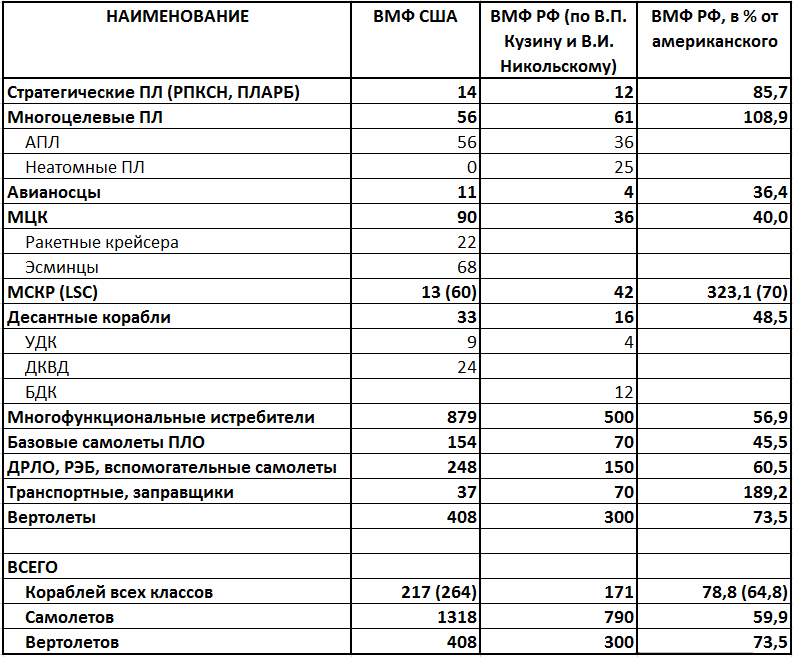
In the notes to the above table, I would like to note several important points. The first is in V.P. Kuzin and V.I. Nikolsky offered a certain "fork", that is, for example, the number of aircraft carriers they indicated 4-5, but we take the minimum values. The second one - the table does not include military boats of the Russian Federation (according to V.P. Kuzin and V.I. Nikol'skii - up to 60 t with a displacement) and patrol ships of the US Navy. The third - comparing the desired state of the Russian Navy with the actual number of the US Navy, we must not forget about the failure of the LSC program - the Americans themselves believed that they needed 60 of such ships and, no doubt, they would have delivered them to the fleet, if not in 50 node speeds and modularity weapons. An alternative program for the construction of frigates is being worked out in the US, and, no doubt, they will be implemented much faster than Russia, at least, by half, “tightening” its Navy to the figures of V.P. Kuzina and V.I. Nikolsky (the latter, in fact, most likely never happens at all). Taking into account the above, the number of ships for action in the near-sea zone will be 70% of the US, and the total number of the Russian navy - 64,8% of the US fleet - as reflected in the table (in parentheses). Fourthly, US naval aviation is actually stronger than that shown in the table, because the reduced number of US aircraft does not include the aircraft of their marines.
And finally, the fifth. The fact is that the above figures V.P. Kuzina and V.I. Nikolsky may seem excessive to someone. Well, for example, the total number of atomic and non-nuclear submarines must exceed the current number of US multi-purpose submarines. Why is it, can not you do less?
Perhaps, and even for sure, it is possible - but this if we consider a certain "theoretical opposition of the Russian Federation and the United States in a spherical vacuum." But in practice, the situation for us is extremely complicated by the fact that:
1) The Russian Navy must be divided into four isolated theaters, while the inter-theater maneuver is difficult and not one of the theaters can be completely exposed;
2) It is completely impossible to imagine that the United States would engage in an armed confrontation with the Russian Federation alone, without involving any of its potential allies in the conflict.
If only Turkey is on the US side, then the US Navy will receive a sizeable increase in the form of 13 PL, 16 frigates, and 8 corvettes. If England is on the US side, the US Navy will receive support from the 6 NPS, aircraft carrier, 19 destroyers and frigates. If Japan comes forward on the US side, then the fleet against us will intensify 18 PL, 4 helicopter carriers (rather, small aircraft carriers), 38 destroyers and 6 frigates.
And if they all come out against us?
At the same time, the Russian Federation does not have allied states possessing any serious navy. Alas, the most ingenious, albeit completely hackneyed phrase today about Russia's only allies — its army and navy — remains an absolute truth: now, and always. Therefore, it is necessary to understand that the number of the Russian Navy according to V.P. Cousin and V.I. Nikolsky is indeed the minimum for the tasks that we set for our fleet.
The author of this article almost physically feels the storm of righteous indignation of those readers who sincerely believe that the Ash submarines, or several Karakurts with Calibers alone, would easily destroy the US AUG. Well what can we say about this? When these same people read “analysts” from Nezalezhnaya Square, they are quite seriously telling about how several thirty-mit-ton armored type Gurza can surround and tear the Russian Black Sea fleet, they laugh and twist a finger at their heads. The fact that several such boats against the modern frigate “kva” do not have time to say how they will be at the bottom, they understand. That several "Karakurts" put up against the AUG will be absolutely in the same weight category as the Ukrainian "Gyurza" against the Black Sea Fleet ships - alas, no.
There is also no doubt that other readers will say: "Again, aircraft carriers ... Well, why do we need these outdated troughs, if you can invest in their construction in the construction of the same missile-carrying aircraft and submarine missile carriers, which will give us far greater opportunities to resist the US fleet!". There is only one objection. Two military professionals, V.P. Kuzin and V.I. Nikolsky, who specifically worked on this topic, came to the conclusion that the construction of the 4-5 AMG (multi-purpose aircraft carrier group) would cost the country much cheaper than alternative "air-underwater" development options.
That is, according to the calculations of respected authors, the Russian Federation, when the industrial potential returns to the level of 1990, it will be quite capable of building the 4-5 AMG without straining the budget. But instead of creating a naval rocket-carrying aircraft and a fleet of submarines carrying anti-ship missiles of sufficient numbers to repel an attack by the US Navy in the event of a large-scale conflict, it cannot, for the reason that it will cost us much more.
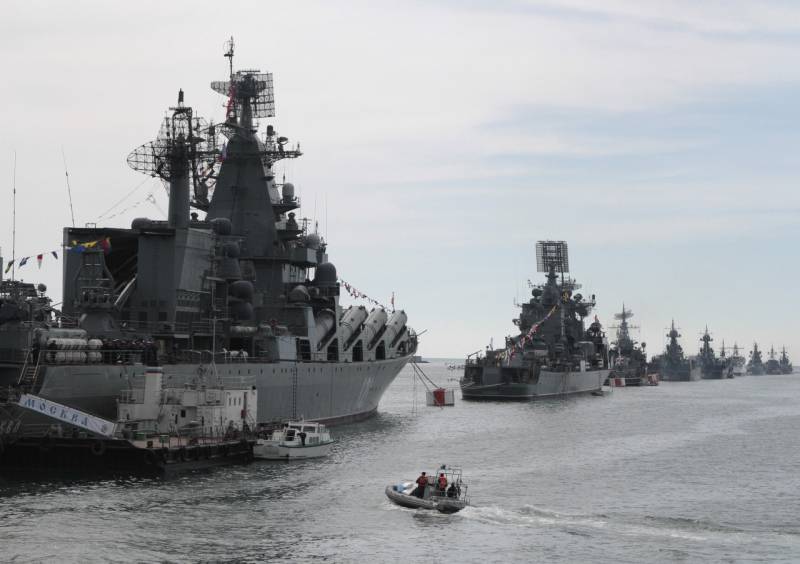
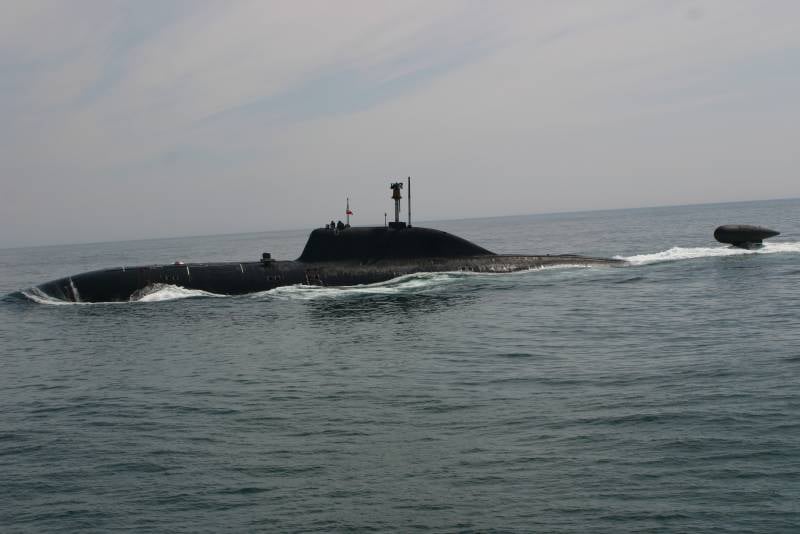
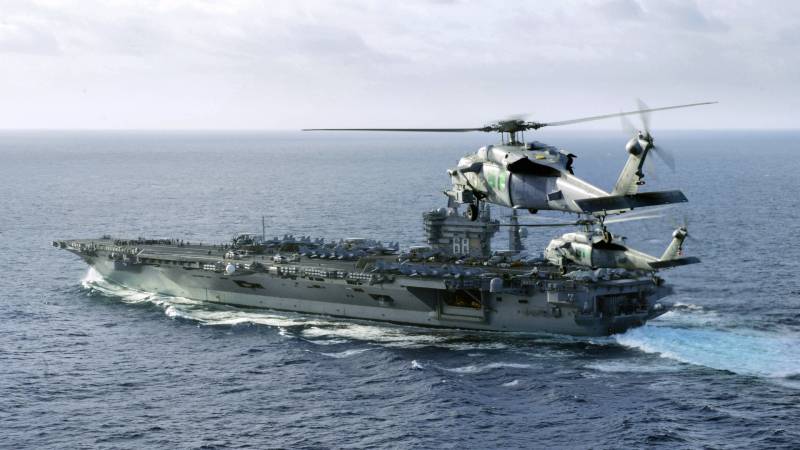
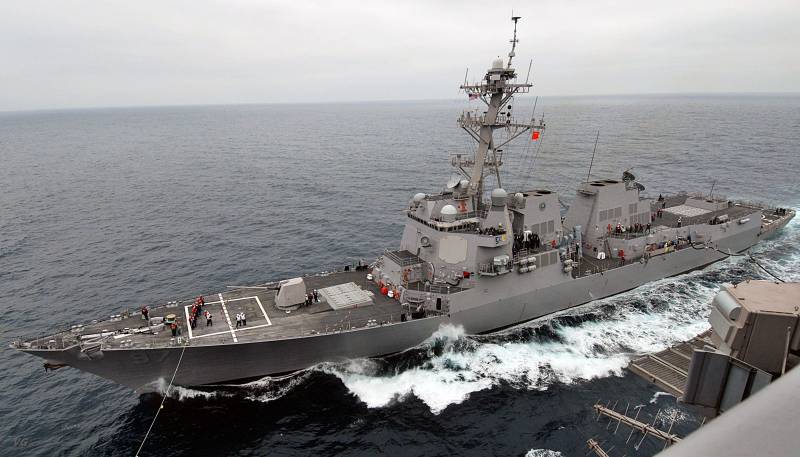
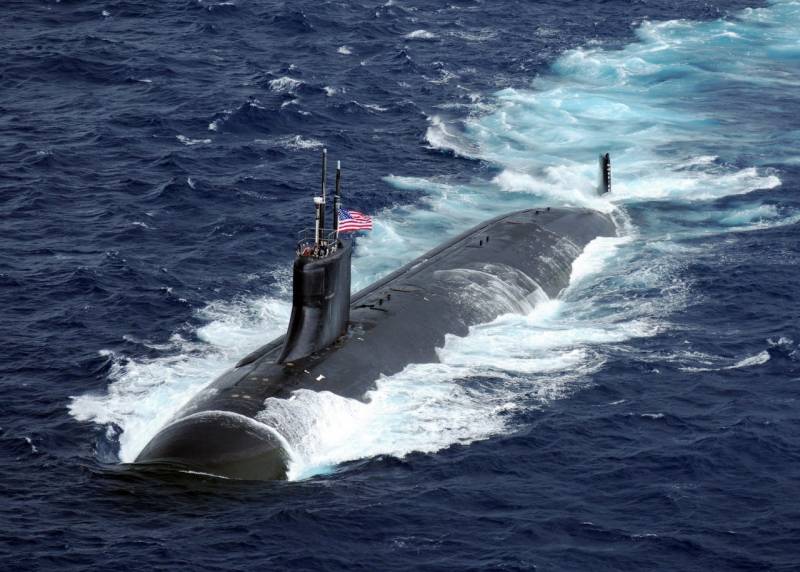
Information